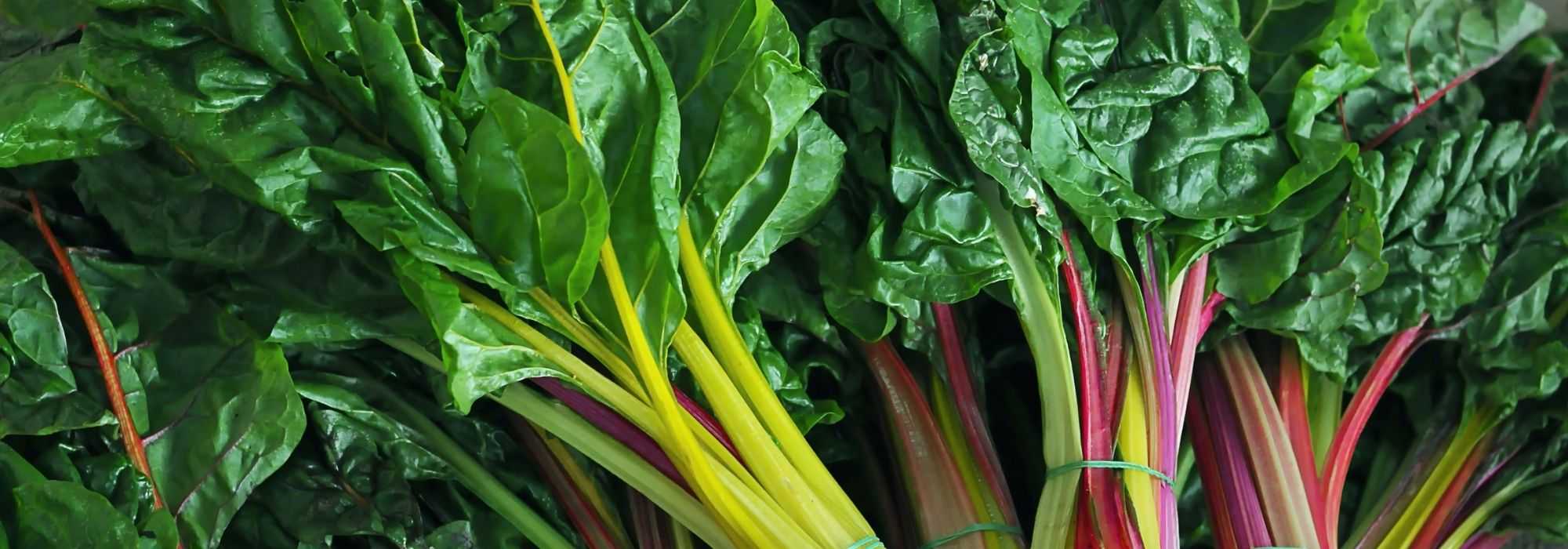
Swiss chard, chard: planting, cultivation, harvest
Contents
Swiss chard in a nutshell
- Swiss chard, or chard, is a vegetable grown for its leaves and stalks or midribs.
- There are now Swiss chards with coloured stalks (red, white, yellow, or pink): it is one of the most decorative vegetables!
- As beautiful as it is edible, it lends itself to many recipes and can be prepared with butter, in a tian, in a pie, or as a gratin.
- Its cultivation is easy; it loves full sun and cool, rich soil.
- It is sown from April to July for a harvest from June to October.
A word from our expert
Chard (Beta vulgaris), also known as Swiss chard, is a vegetable grown for its leaves and stalks, which can be white or coloured (yellow, red, or even pink!). It has a flavour similar to that of its cousin, spinach. Once cooked, its stalks lend themselves to numerous recipes and can be prepared in a thousand and one ways, particularly in gratins: the Niçois are the kings of chard cuisine, making a delicious pie (la tourta de blea)!
The fresh leaves, sometimes tinged with red, are delightful when prepared in a mesclun or like spinach.
There are two categories of chard: stalk chard, like blonde chard, and cutting chard, also known as spinach chard, which is grown for its tender young green leaves.
Low in calories and rich in vitamins, minerals, and antioxidants, it’s a superfood that deserves to be more present on our plates!
So don’t hesitate to sow it from April to July in well-manured soil: you will harvest it from July to November.
Discover this beautiful vegetable, which can be placed both in the vegetable garden and among summer flower beds in association with perennials or annuals!
Description and botany
Botanical data
- Latin name Beta vulgaris
- Family Amaranthaceae
- Common name Chard, Leaf beet, Swiss chard, Beet greens
- Flowering July-August
- Height 0.45 to 0.60 m
- Exposure Sun, Partial shade
- Soil type rich and cool
- Hardiness -6°C
Chard – Beta vulgaris – also known as Joutte, Leaf beet, Swiss chard, Beet greens is a vegetable plant from the family Chenopodiaceae (now Amaranthaceae), a cousin of the beetroot. Native to the Mediterranean basin, chard has been cultivated since antiquity in Mesopotamia as well as in Ancient Rome. Today, France produces nearly 13,000 tonnes of chard annually, mainly in the Mediterranean region. It is grown as an annual plant.
The genus includes around forty varieties derived from Beta vulgaris var. cicla and selected either for their leaves and/or for their edible stalks: they are differentiated by the colour of their midribs. Among them are green or blonde chards with white, red, or yellow stalks. There are also cut chards or spinach chards without stalks, cultivated more for their leaves.
From a taproot that penetrates deeply into the soil, chard forms a tuft composed of a rosette of basal and upright leaves, reaching heights of 0.30 to 0.80 m, up to 2 m when flowering. The large, broad, rounded leaves, measuring 45 to 70 cm long, are opposite, strongly veined, often blistered, and are borne on a thick, fleshy petiole, called a stalk or “midrib,” which extends into the central vein of the leaf. Very abundant, these leaves resemble those of spinach. The cut chard is distinguished by its smaller leaves and finer stalks that regrow when cut. A stem weighs about 200 grams.
The leaves and stalks of chard are as delicious as they are decorative. Depending on the varieties, these stalks can be white, pink, red, yellow, and green. The thick, glossy ‘spinach’ lamina varies from solid dark green to blonde, green veined with red, to burgundy red. These colourful stalks contrast beautifully with the colour of the leaves.
Chard has a slightly sweet and somewhat earthy taste, similar to spinach.
In July-August of the second year of cultivation, a floral spike reaching up to 2 m in height emerges from this tuft in the form of long panicles at the tips of the large leaves. The plant then draws on its reserves to produce flowering and subsequently goes to seed. The yellow-green flowers produce numerous seeds that you can harvest for your future sowings. It bolts very quickly and then dies.
It is an essential vegetable in Mediterranean cuisine. In the Nice region, chard is made into a famous gratin. Interestingly, chard gets its name from a popular soup in the Middle Ages, “porée,” of which it was the main ingredient. Chard is also widely used for ornamental purposes in urban public spaces, adding a touch of originality.
“`
Read also
Chard: 6 over-ripe varieties to discoverMain species and varieties
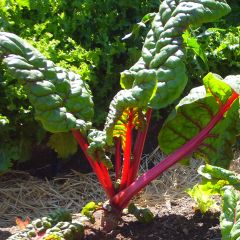
Swiss Chard Rhubarb
- Height at maturity 50 cm
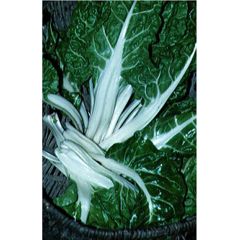
Green Chard with White Rib - Beta vulgaris
- Height at maturity 40 cm
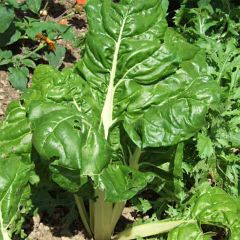
Organic Green Cutting Chard - Ferme de Sainte Marthe seeds - Beta vulgaris
- Height at maturity 40 cm
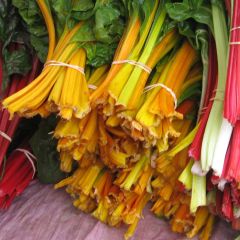
Yellow Swiss Chard
- Height at maturity 40 cm
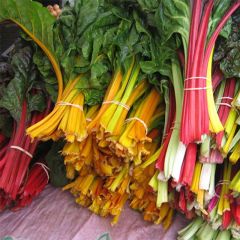
Bright Lights Swiss Chard - Beta vulgaris
- Height at maturity 50 cm
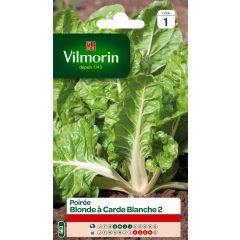
Swiss Chard Blonde de Lyon 2 - Vilmorin Seeds
- Height at maturity 40 cm
Discover other Swiss Chard seeds
View all →Available in 1 sizes
Available in 1 sizes
Available in 1 sizes
Available in 1 sizes
Available in 1 sizes
Available in 1 sizes
Available in 1 sizes
Available in 1 sizes
Available in 1 sizes
Available in 1 sizes
Sowing of the over-ripe or Swiss chard
Where to sow it?
Swiss chard, very vigorous and fast-growing, is easy to cultivate in many regions. It is sensitive to drought, which makes its midribs and leaves fibrous; it must not lack water. With average hardiness, it disappears underground in winter and reappears in spring if winter temperatures have been particularly mild. The plant dies after flowering, which occurs in the second summer, which is why it is generally grown as an annual or biennial.
It should be planted in full sun but must also remain in cool soil: be sure to mulch around the plants, and in very hot regions, it will prefer a bit of shade. It needs cool, deep soil rich in humus, well-tilled but without fresh manure.
When to sow Swiss chard?
Sow in place in April-May, when the soil is well warmed. The harvest occurs about 2 months after sowing. You can hasten the cultivation by sowing in March in a nursery under a frame in clusters in boxes, knowing that transplanting is delicate. This method can damage its taproot.
How to sow it?
Swiss chard likes cool, loose soils. You should sow in previously amended soil: the winter before cultivation, enrich the soil with 4-5 shovelfuls of well-decomposed manure or compost. Four plants are enough to feed a small family.
- Start by loosening the soil with a rake
- Sow in clusters of 3 seeds every 40 cm (25 cm for cut chard) or in a shallow furrow, in rows spaced 40 cm apart
- Cover with 1 cm of fine soil
- Keep moist by watering regularly until germination
- Thin out to keep only one vigorous plant every 40 cm as soon as the first 3-4 leaves appear
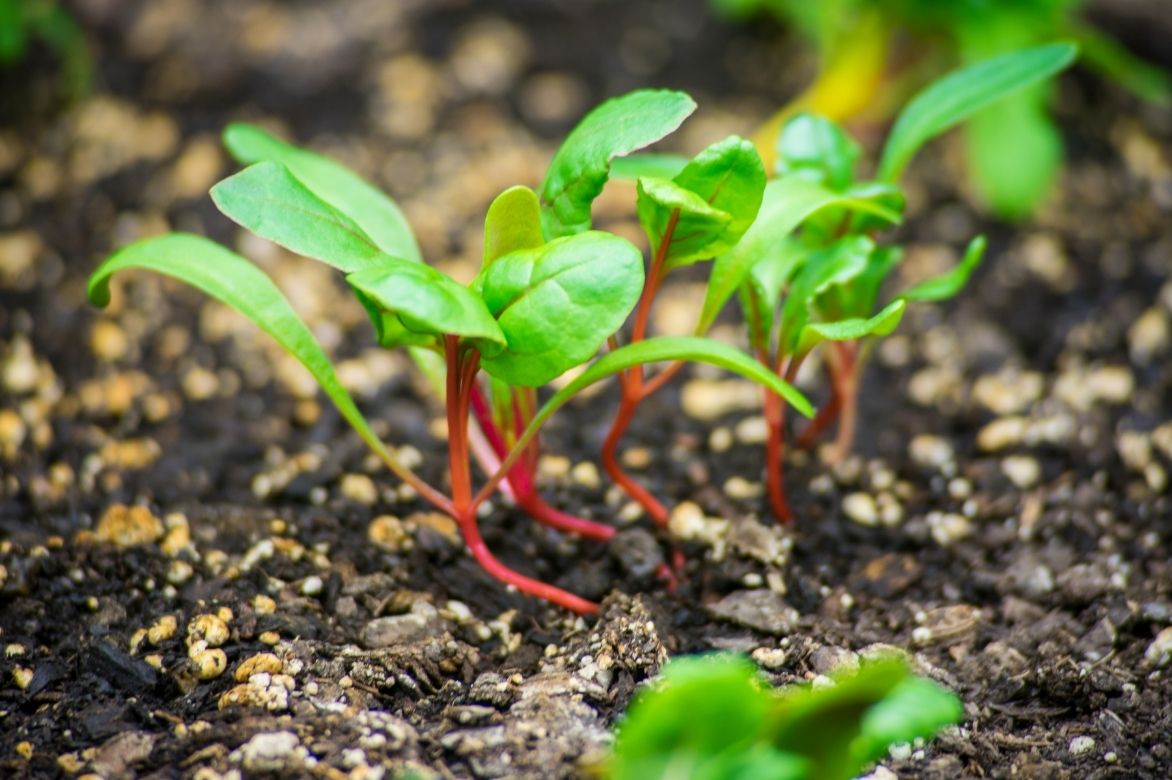
Sowing Swiss chard
Planting Swiss chard
Purchased in a pot, Swiss chard is planted from May to August for a harvest from July to November. Prepare the soil in autumn with a good vegetable fertiliser and additions of compost.
- Soak the root ball in water for a few minutes before planting
- Dig a hole two to three times the volume of the root ball
- Add 2 or 3 handfuls of compost to the planting hole
- Place the young plants 30 to 40 cm apart in all directions without burying the collar
- Cover with fine soil
- Water generously and keep the soil moist
Cultivation, care
The over-ripe plant, or Swiss chard, requires little maintenance except in dry conditions, although it shows good resistance to heat. Regular hoeing and weeding, along with spreading mulch at the end of spring, are recommended. It must not lack water in summer: water regularly during hot and dry weather to prevent the stalks from drying out. It prefers the soil to remain cool.
In autumn or early spring, add manure or decomposed compost.
Remove flower stalks as soon as they appear to prevent early seed setting, unless you wish to collect seeds.
Swiss chard can withstand frosts of around -6°C. It is better to protect it from the cold with good mulch. A thick layer of straw or dead leaves and a mound of soil around the base may be sufficient to keep it over from one year to the next in a mild climate.
→ Learn more in: How to successfully grow Swiss chard?
Diseases and potential pests
Swiss chard can be susceptible to several fungal diseases that affect their leaves. To prevent diseases, encourage crop rotation and good cultural practices: wait 3 to 4 years before replanting Swiss chard in the same location.
As a preventive measure, to avoid attacks from downy mildew, rust, or cercospora, which manifest as the appearance of brown or orange spots or a grey film leading to leaf desiccation, spray Bordeaux mixture as soon as symptoms appear and burn the affected leaves.
Against black aphids and flea beetles that sometimes colonise the leaves: shower the plant with a jet of water morning and evening, then spray with water mixed with liquid black soap (20% dilution). Planting mint nearby will help attract them, a natural strategy!
To deter slugs and snails from attacking the young foliage even before it emerges from the ground in spring: discover our 7 ways to fight slugs effectively and naturally.
→ Learn more about diseases and pests of Swiss chard in our article.
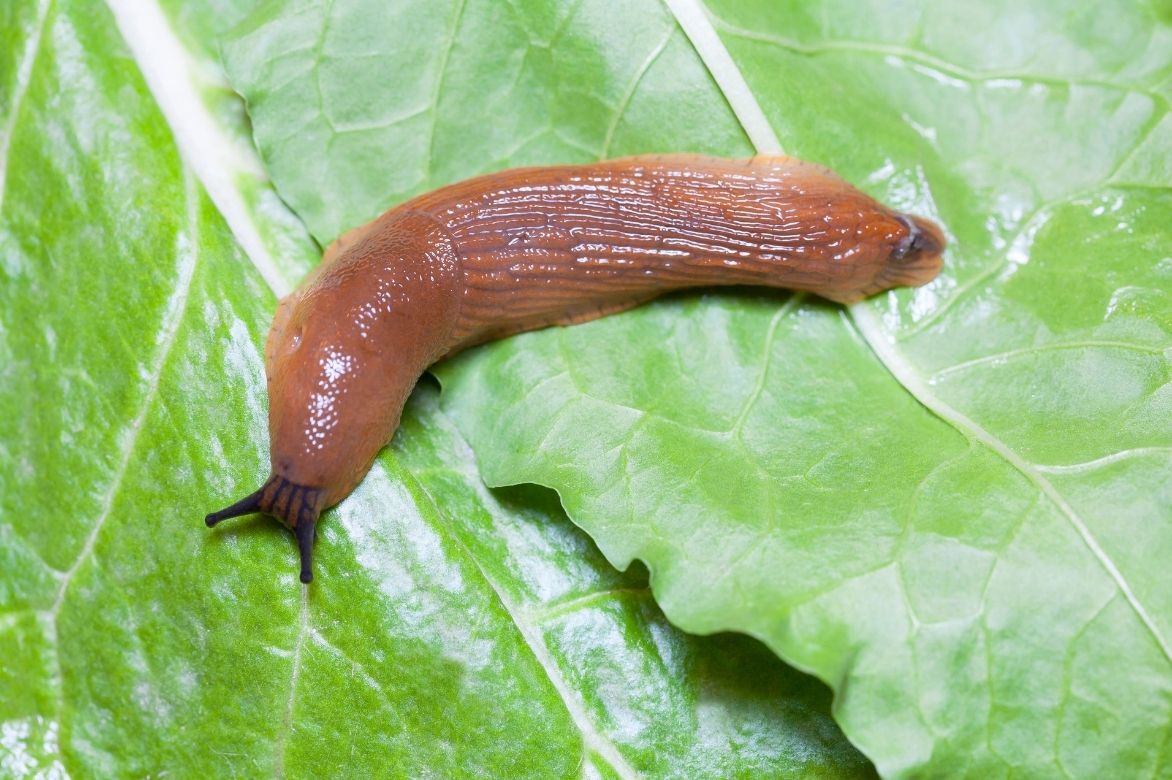 A slug on a Swiss chard leaf</caption]
A slug on a Swiss chard leaf</caption]
Propagation
Swiss chard or beetroot is propagated solely by sowing. If you wish to produce your own seeds, you will need to wait until the second year by reserving a few young plants for this purpose. You can harvest the mature seeds at the end of summer and sow them the following spring according to our instructions (above).
Harvesting and storing Swiss chard
When and how to harvest?
- Harvest: the harvest extends from July to November, until the first frosts, approximately 50 to 60 days after sowing. At the beginning of the following spring, you can harvest its very young leaves for an early harvest. The leaves and midribs are harvested as needed by selecting the largest ones located on the outside of the clump, always preserving the heart and ensuring that some leaves are left on each plant. The stalks should be firm. Harvested this way, the Swiss chard will produce new leaves. Cut with a knife at the base of the stalks or simply harvest by hand by pulling the leaves at their base.
- Storage: Once picked, Swiss chard can be stored for a few days in the vegetable drawer of the refrigerator. The leaves of Swiss chard freeze well whole after being blanched for a few minutes in boiling salted and lemoned water. The stalks freeze perfectly once cooked.
Culinary uses and nutritional benefits
Chard has a sweet flavour and a melting texture. The midribs can be enjoyed boiled or steamed and make delicious gratins with béchamel or tomato sauce. Sautéed in a pan with butter, they accompany meat. The leaves are delightful raw or cooked, in salads, in pies, in soups, or prepared like spinach. The greens of chard are excellent melted in butter!
Before cooking the midribs, it is advisable to break the fibres by peeling them like rhubarb: using a knife, pull the skin from one side, then the other. It is also better to separate the leaves from the stalks for cooking, as the leaves cook more quickly than the midribs.
In ancient times, the Romans used it for medicinal purposes. Chard is rich in vitamins (notably C and B9), phosphorus, iron, potassium, sodium, and magnesium, as well as antioxidants. It is one of the vegetables richest in fibre: it is useful against sluggish intestines. It has diuretic, laxative, and refreshing properties. However, due to its concentration of oxalates, it is not recommended for people suffering from arthritis and kidney stones.
Very low in calories (20.6 kcal per 100g cooked), it is a weight-loss ally.
→ Discover our article Get plenty of recipe ideas with chard!
The right associations
In the vegetable garden, Swiss chard will make good companions with carrots, kohlrabi, radishes, turnips, and dwarf beans. However, it dislikes the proximity of leeks.
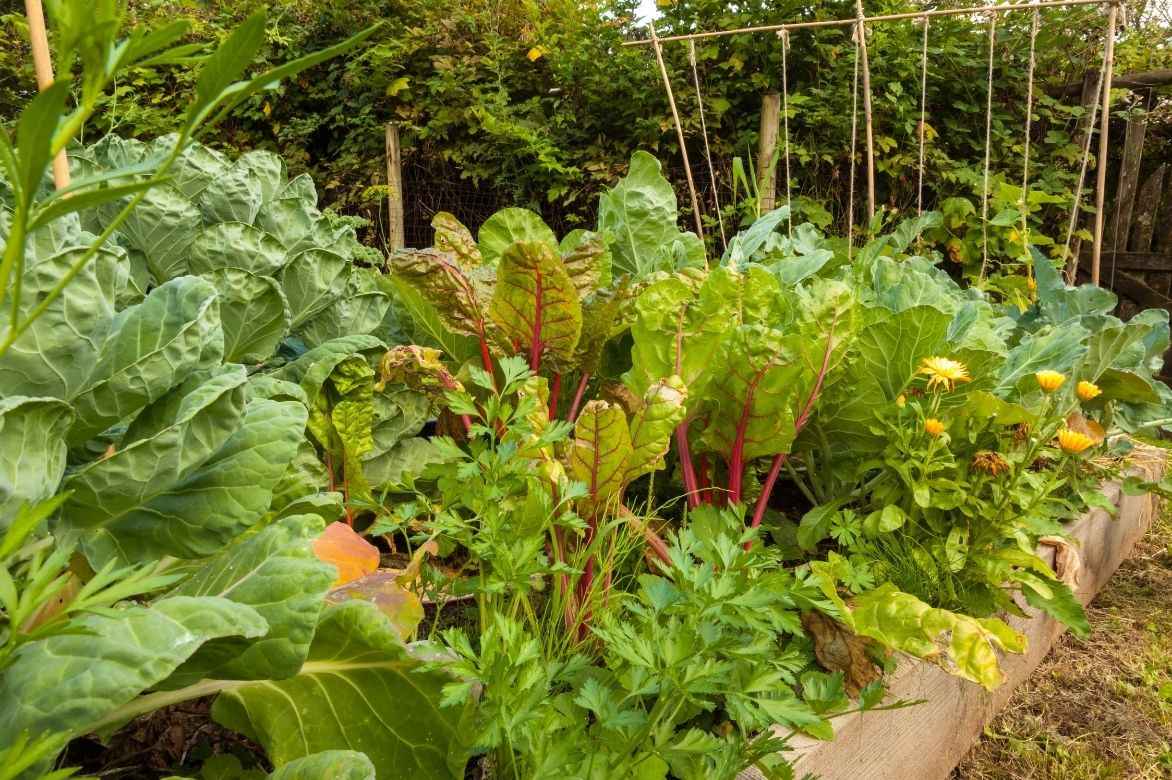
It would be such a shame to confine it to the vegetable garden! With its sometimes very colourful leaves and stalks, Swiss chard is one of the most decorative vegetables. In the ornamental garden, it brings originality, volume, and contrast to summer borders, lasting until early winter when most plants disappear.
Colourful-stemmed chards such as ‘Rhubarb Chard’, ‘Fantasy’ or ‘Yellow Stemmed Chard’, high in colour and volume, will be perfect alongside a multitude of summer perennials and annuals such as daylilies, coreopsis, rudbeckias, asters, dahlias, cosmos, phlox, lupins, or marigolds. They will also provide a colourful counterpoint in a border of grasses.
Useful resources
- Find in our online shop our beautiful collection of chards, both classic and colourful, to sow or to plant!
- Discover a selection of 6 chards to grow
- How to sow chards?
- Subscribe!
- Contents
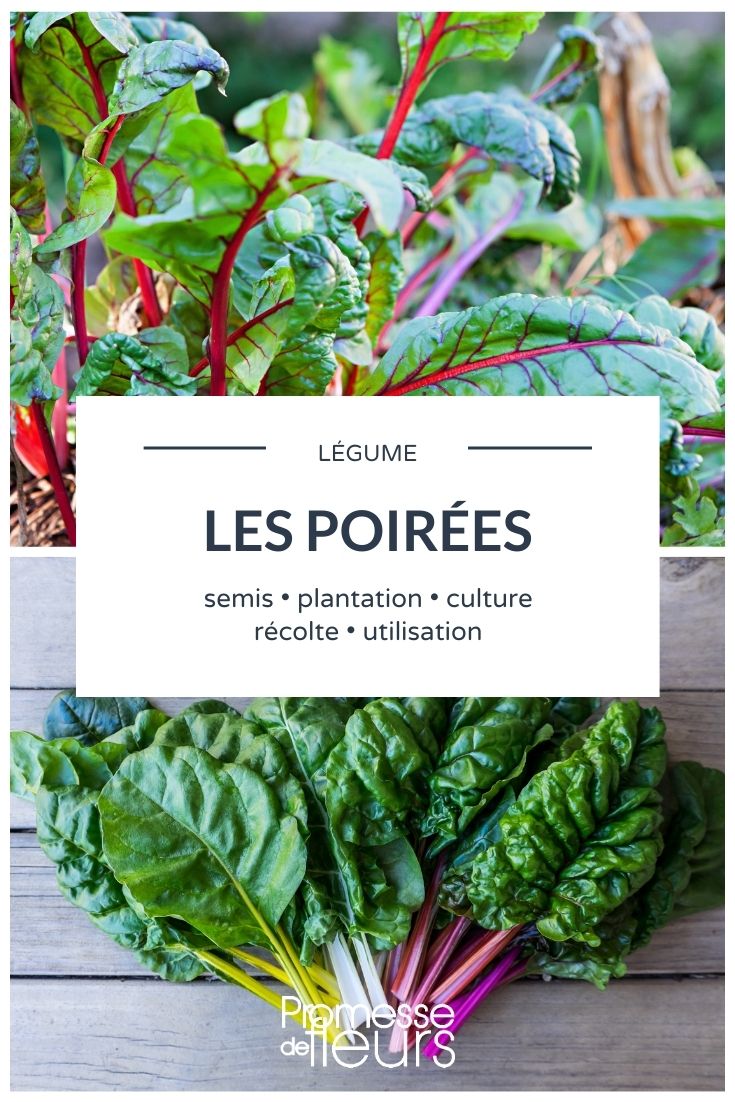































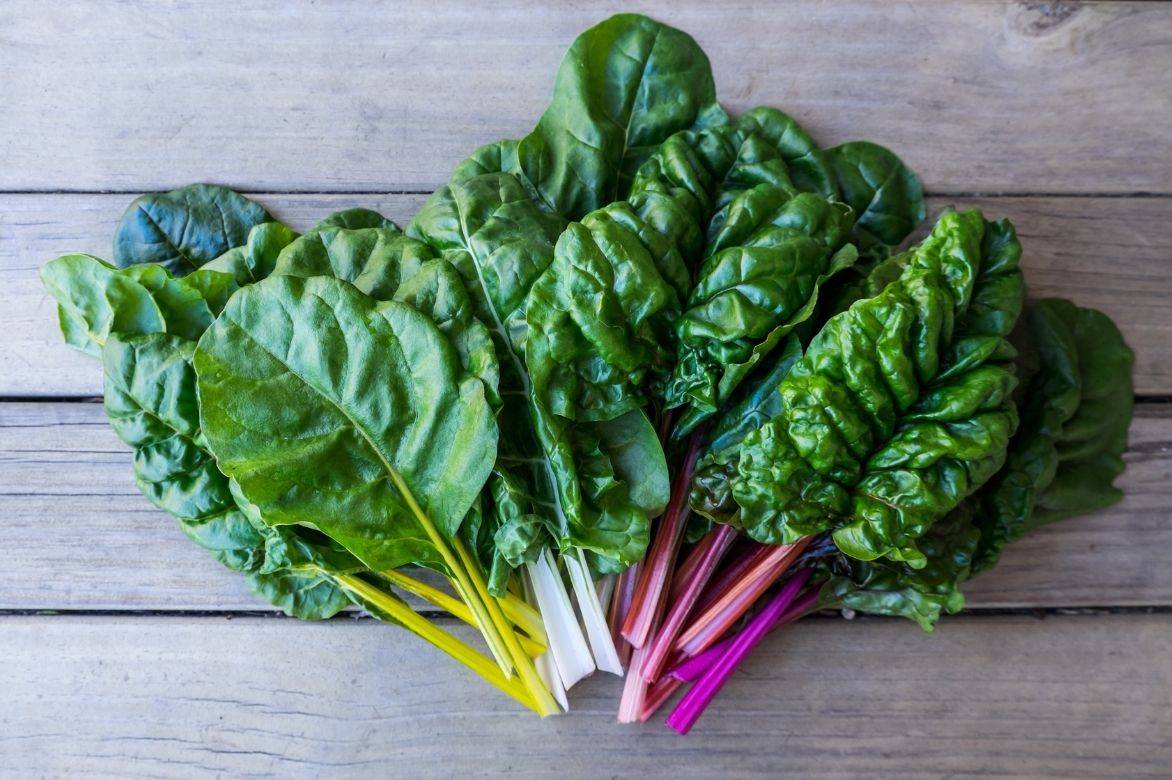
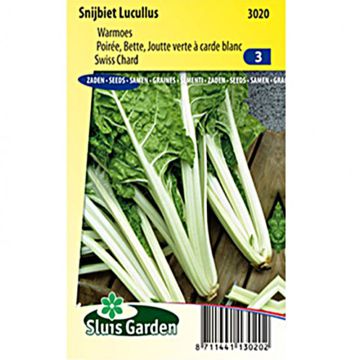
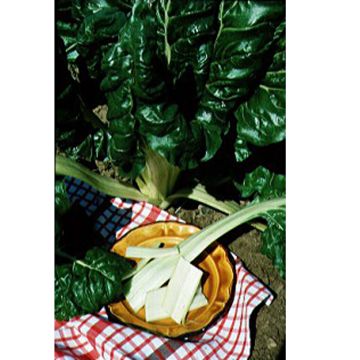
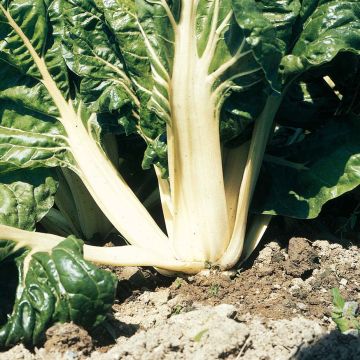

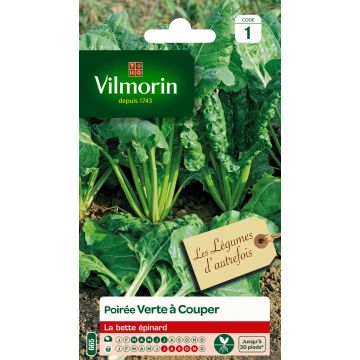


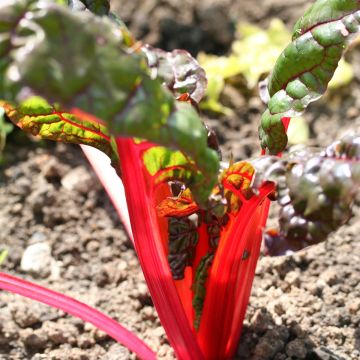

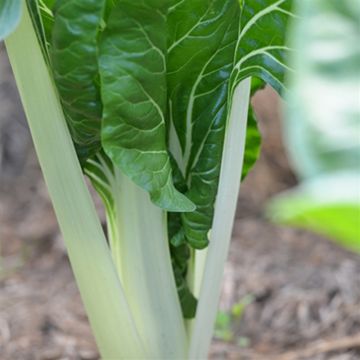
Comments